The Arctic fox, also known as the white fox or polar fox, is a small carnivorous mammal native to the arctic regions of North America and Eurasia. These animals are characterized by their thick fur coats that change color with the seasons, allowing them to blend in with their surroundings and avoid detection from predators.
Despite this adaptation, Arctic foxes still face numerous threats from other animals in their ecosystem. Understanding the predators of Arctic foxes is crucial for conservation efforts aimed at protecting these iconic creatures.
While they may be apex predators themselves in some areas, they are vulnerable to many larger predators such as wolves, bears, and eagles. Additionally, human activities such as hunting and climate change further threaten populations of Arctic Foxes across their range.
This article aims to provide an overview of the different types of predators that pose a threat to Arctic foxes and how these interactions impact ecosystem dynamics.
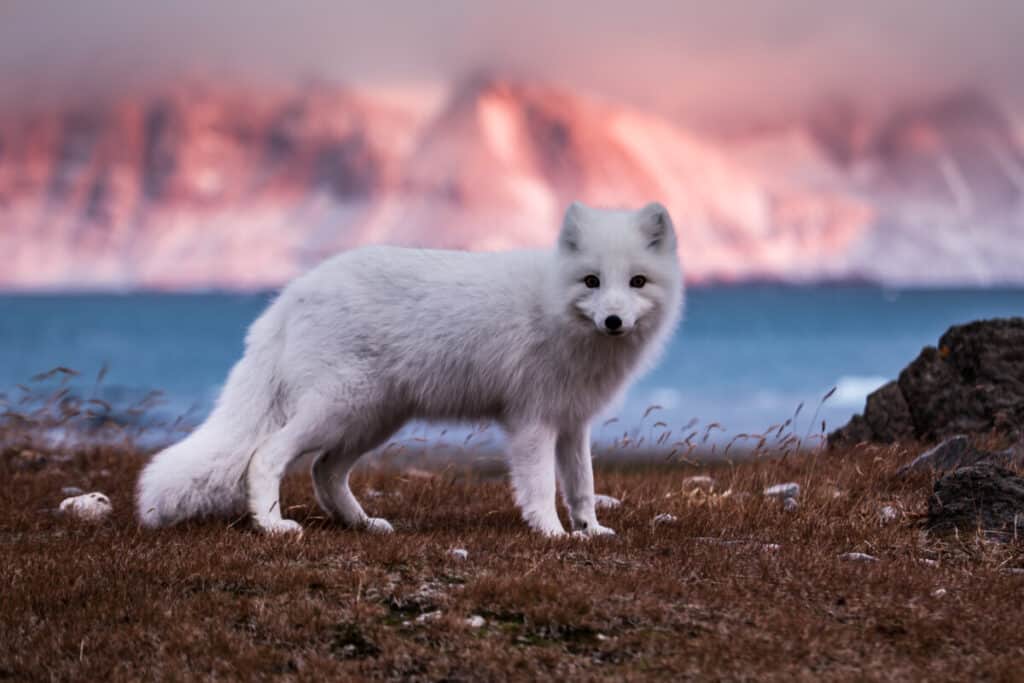
The Arctic Fox: An Overview
The Arctic fox is a small, carnivorous mammal that inhabits the Arctic regions of North America, Europe, and Asia. Its habitat includes tundra, rocky cliffs, coastal areas, and even human settlements.
The arctic fox has several adaptations to survive in its harsh environment such as insulation from thick fur coat which helps them withstand temperatures below freezing point. They also have short legs, ears and snouts which help reduce heat loss.
Arctic foxes are opportunistic predators feeding on small mammals such as lemmings and voles along with birds eggs during summer months when they are available in abundance. During winter when food resources become scarce they can scavenge for carrion or feed on marine animals like fish left by polar bears.
Despite being apex predators themselves, arctic foxes fall prey to larger predators such as wolves, wolverines and polar bears who compete for similar food sources in their habitat.
The Sensory Adaptations of Arctic Foxes: How Good Are Their Senses?
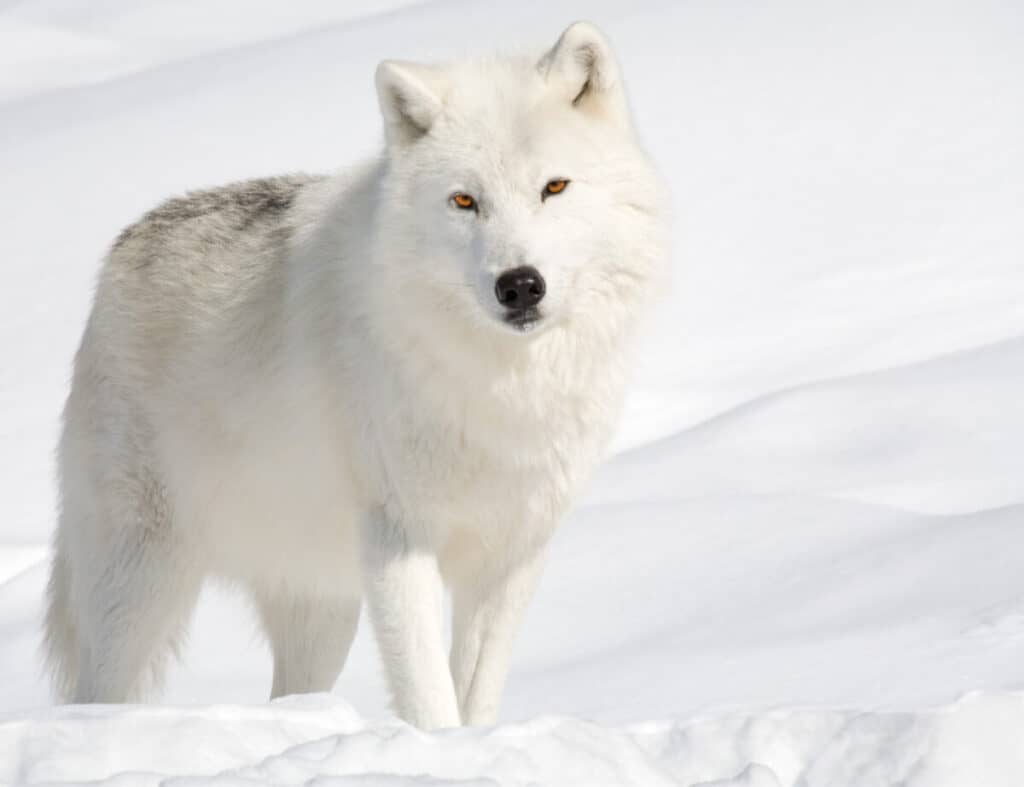
Wolves
The Arctic fox is a small, agile animal that inhabits the tundra regions of the Northern Hemisphere. Despite its cute appearance, this species faces several challenges in its harsh environment, including predators and food scarcity. Among these threats are wolves, which pose a significant danger to Arctic fox populations.
Wolves vs Arctic Foxes: While wolves primarily feed on large prey such as caribou and musk oxen, they will also target smaller animals like hares and rodents when necessary. Unfortunately for the Arctic fox, it often falls into this category of prey. Wolves are highly skilled hunters with sharp senses that allow them to track down their quarry even in deep snow. They can run at speeds up to 40 miles per hour, making escape difficult for any potential victim. As a result, many Arctic foxes fall victim to wolf attacks each year.
Survival Tactics of Arctic Foxes: Despite facing threats from predators like wolves, the Arctic fox has developed several survival tactics that help it thrive in its challenging environment. For example, during times of food scarcity or extreme weather conditions, these creatures will dig burrows underground where they can wait out storms and conserve energy until better conditions arise.
Additionally, some individuals may change their fur coloration to match the winter landscape more closely, thereby improving their chances of avoiding detection by predators.
Foxes’ Natural Foes: Unmasking Their Predators
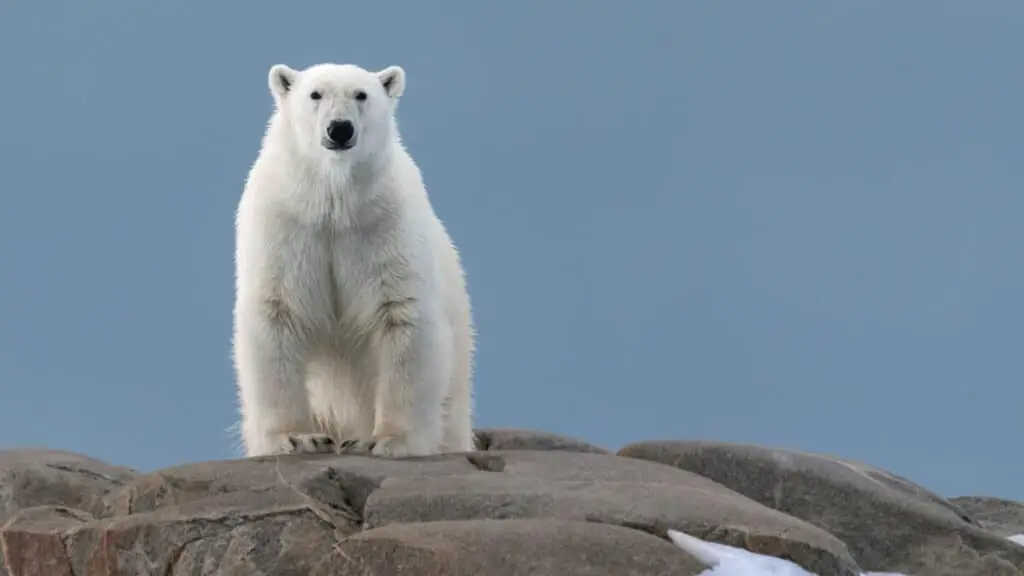
Polar Bears
The arctic fox is one of the smallest mammals in the Arctic tundra, weighing only around 3-4 kg. Despite their small size, they are still hunted by several formidable predators.
The most notorious predator of the arctic fox is undoubtedly the polar bear. These massive beasts can weigh up to 600 kg and are equipped with sharp claws and teeth that make them very efficient hunters.
Due to hunting restrictions and polar bear conservation efforts, however, encounters between these two species have become less frequent in recent years. In some areas where human activity has increased, such as near mining camps or research stations, polar bears have been known to scavenge on garbage and other waste products left behind by humans instead of actively hunting for food.
This shift in behavior may be beneficial for the survival of arctic foxes but it also highlights the need for improved management practices to ensure that wildlife populations remain healthy and sustainable over time.
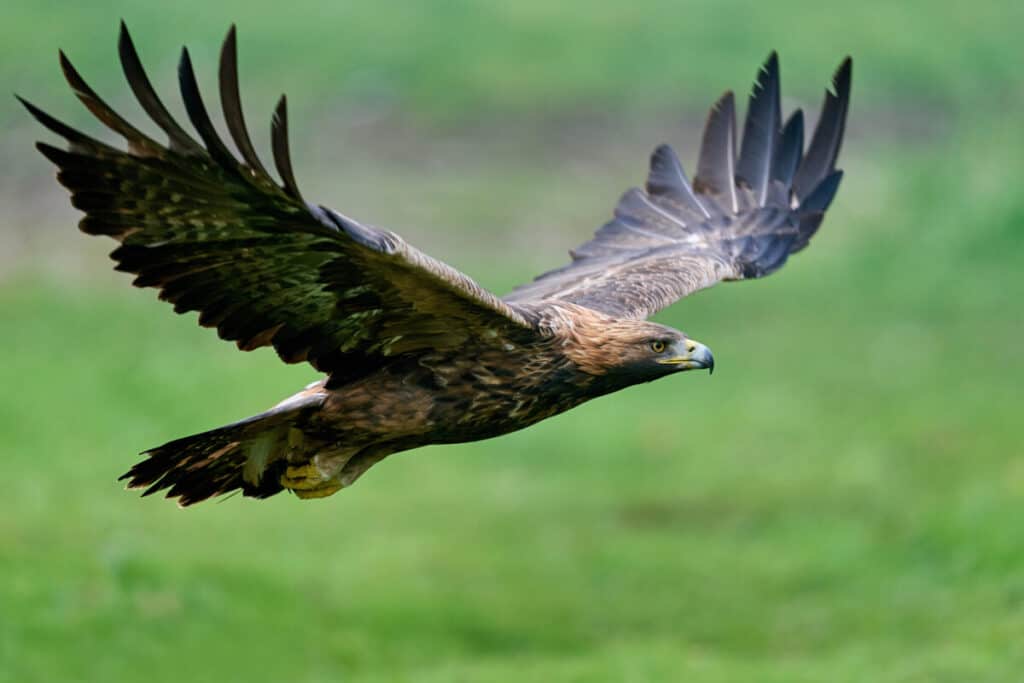
Golden Eagles
Golden Eagles one of the largest birds of prey in North America, also predate on this small mammal.
Golden eagles have a diverse diet and can hunt a variety of prey including rabbits, hares, rodents, fish, and even other birds. In the Arctic tundra where food sources are scarce, golden eagles opportunistically target vulnerable animals such as young or injured arctic foxes during their breeding season.
Studies have shown that predation by golden eagles can significantly impact arctic fox populations. Although it is difficult to determine how many arctic foxes fall victim to these aerial predators each year, research suggests that up to 15% of juvenile and adult arctic fox mortality may be attributed to golden eagle predation.
Conservation efforts aimed at protecting golden eagle habitats and reducing human disturbance can help mitigate any negative effects on arctic fox populations caused by predation from these raptors. Habitat loss due to infrastructure development and climate change can displace both eagles and their prey species like arctic foxes leading to lower population densities.
Therefore preserving pristine wilderness areas for both predator and prey will help ensure healthy ecosystems thrive for generations to come.
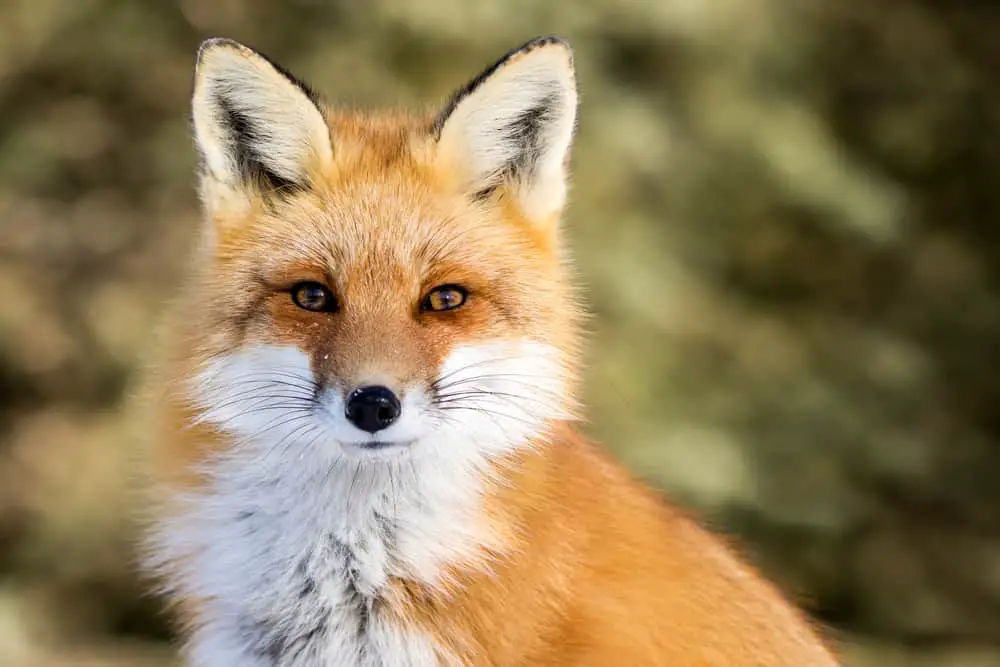
Red Foxes
Red foxes are known to be one of the main competitors and predators of Arctic foxes. These two species share many similarities in terms of habitat, diet, and behavior, which often lead them into direct competition for resources such as food and shelter.
However, unlike the Arctic fox who is primarily adapted to living in cold climates, red foxes have a broader range of habitats that they can comfortably live in.
Red foxes impact Arctic fox populations by outcompeting them for food like small rodents or lemmings. They may also kill young Arctic fox pups if given the opportunity.
Despite this predation prevention mechanism from red foxes on their smaller cousins, there are some areas where both species coexist without major conflicts due to differences in hunting strategies or habitat preferences.
Nevertheless, with climate change causing an increase in temperature and altering ecological systems around the world, it remains uncertain how these relationships between predator and prey will evolve over time.
Hunting And Climate Change
Red foxes are known to be the main competitors and predators of Arctic foxes. They compete for food, territory, and nesting sites. Red foxes are larger than Arctic foxes and can easily dominate them in fights over resources. Moreover, they have a more extensive range across different habitats compared to their arctic counterparts, which means that red fox populations can quickly recover from environmental disruptions.
However, human activities also play a significant role in changing predator-prey dynamics between these two species.
For example, tourism impacts the behavior and habitat use of both Arctic and red foxes. Frequent encounters with tourists habituate these animals to human presence, making them bolder and less fearful. As a result, they may become easier targets for hunting or poaching by humans who perceive them as pests or game animals.
Additionally, changing hunting regulations could either reduce or exacerbate pressure on both species depending on how it is implemented.
Thus, understanding the complex interactions among various factors affecting predator-prey relationships is crucial for developing effective conservation strategies in the Arctic ecosystem.
Inside the Sensory World of Caribous: How Good Are Their Senses?
The Importance Of Protecting Arctic Foxes From Predators
The Arctic fox is a top predator in its ecosystem, but it also has natural predators. The most significant predators of the Arctic fox are wolves, polar bears, and golden eagles. These animals prey on both adult and juvenile Arctic foxes, reducing their population size.
Therefore, conservation efforts that aim to reduce predation on Arctic fox populations can be crucial for their survival. Predator reduction programs have been successful in some areas where human activities have caused an increase in predator populations. However, it is essential to consider the potential consequences of such programs carefully.
For instance, removing too many predators from an ecosystem may lead to imbalances that harm other species’ populations and disrupt entire food webs. As such, conservationists must take a holistic approach when implementing predator reduction strategies to ensure they do not cause unintended negative impacts on the ecosystem as a whole.
Overall, protecting the Arctic fox from predators should remain a priority for conservationists who seek to maintain healthy ecosystems worldwide. While there are risks associated with predator reduction programs, careful planning and management can help mitigate these risks while still effectively conserving vulnerable species like the Arctic fox.
Exploring the Enigmatic Darwin’s Fox: A Fascinating Tale of Adaptation
Conclusion
The Arctic fox is a small, yet resilient predator that inhabits the harsh arctic regions of North America and Eurasia. Despite their ability to adapt to extreme weather conditions, these animals face various threats from other predators in their habitat.
Wolves are one of the most significant threats to arctic foxes due to competition for food and territory. Polar bears also pose a formidable danger as they prey on both adult and young foxes. Golden eagles are aerial hunters that target smaller mammals like the lemming but will not pass an opportunity to kill an arctic fox.
Red foxes are another potential predator for arctic foxes, although they often compete rather than predate upon them. Humans hunting for fur or engaging in activities such as oil drilling further threaten the existence of this species. Climate change has altered the environment drastically, affecting availability of food sources leading to increased pressure on populations through starvation and malnutrition.
In conclusion, while some predators may be more threatening than others, all contribute to shaping Arctic ecosystems where each organism plays its part in maintaining balance.
It’s important that we prioritize conservation efforts towards protecting vulnerable species like the Arctic Fox against human activities and climate change effects before it’s too late.

